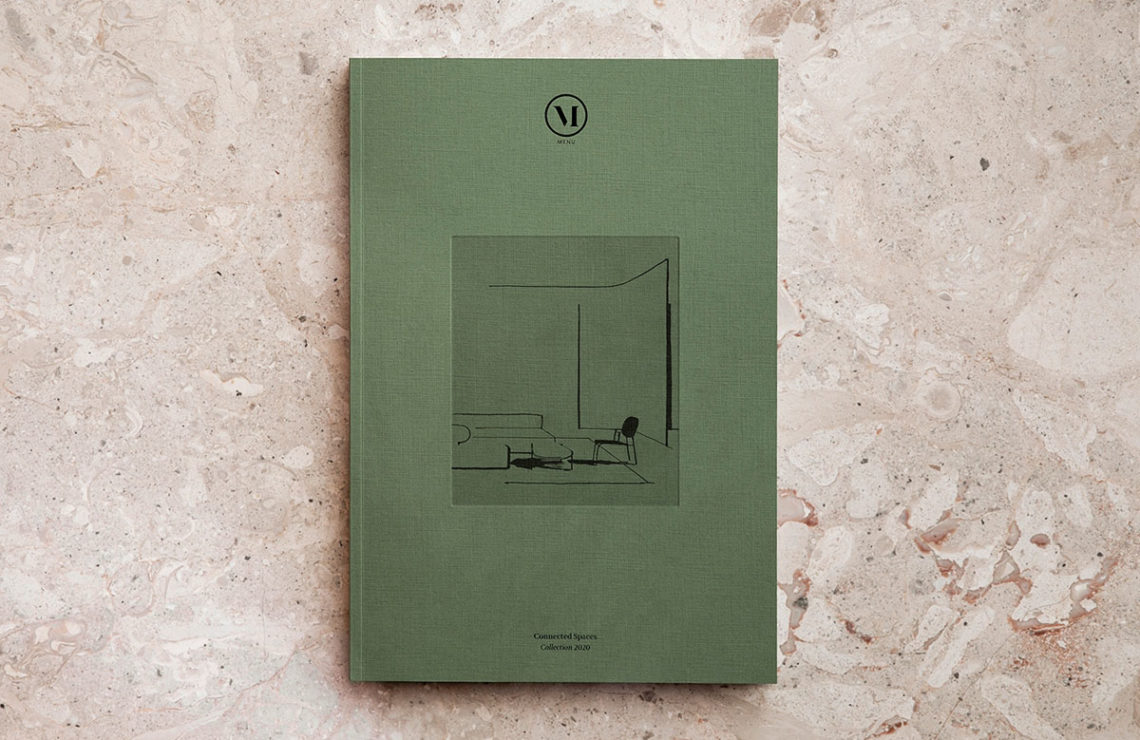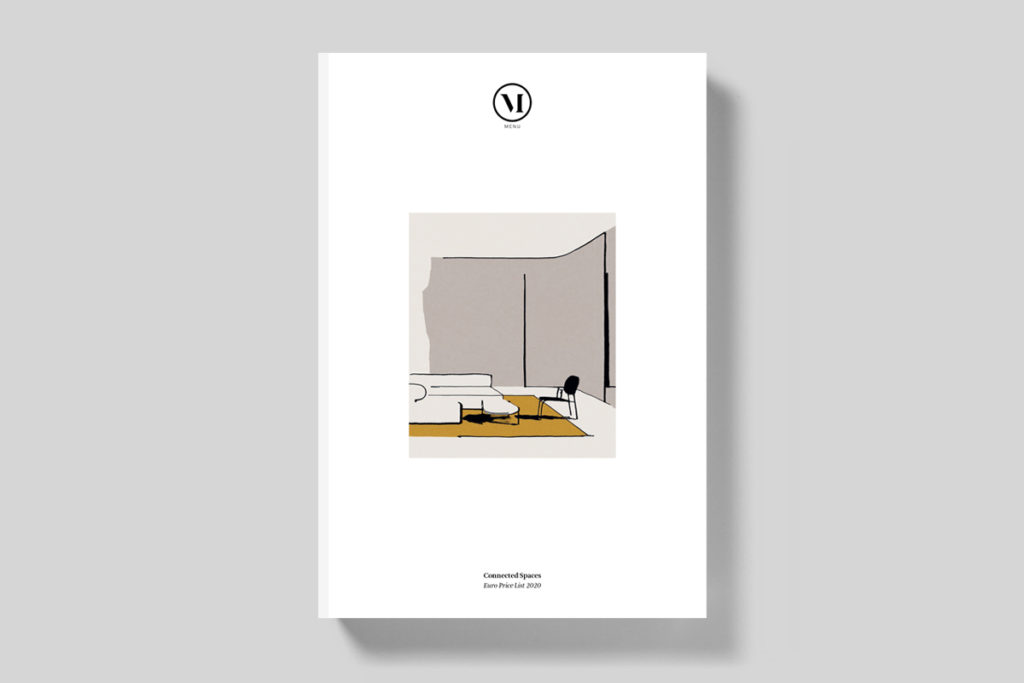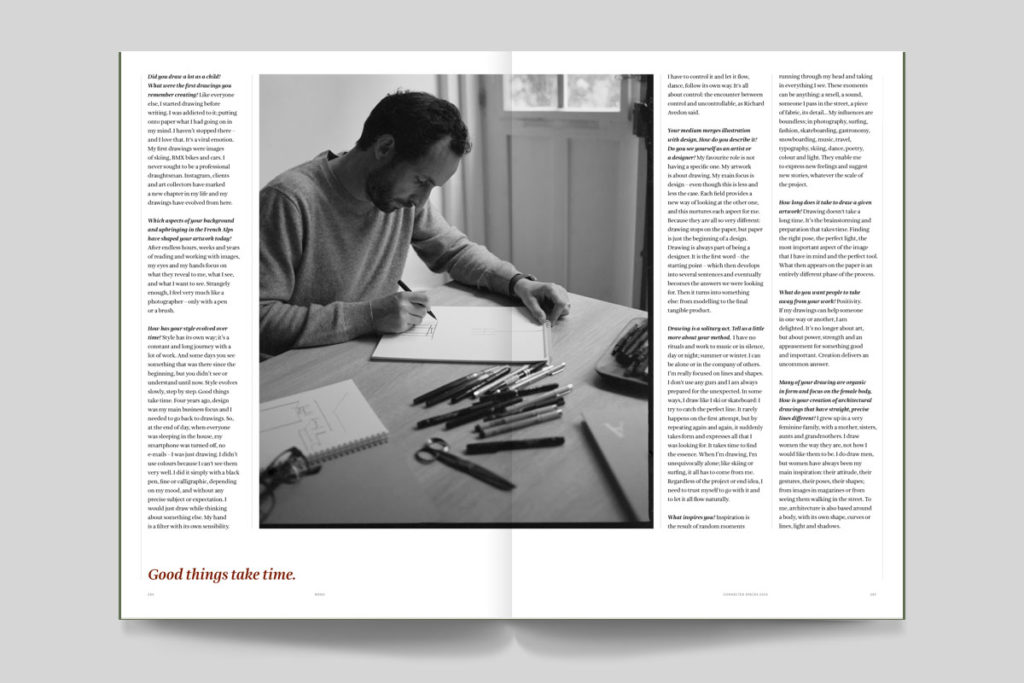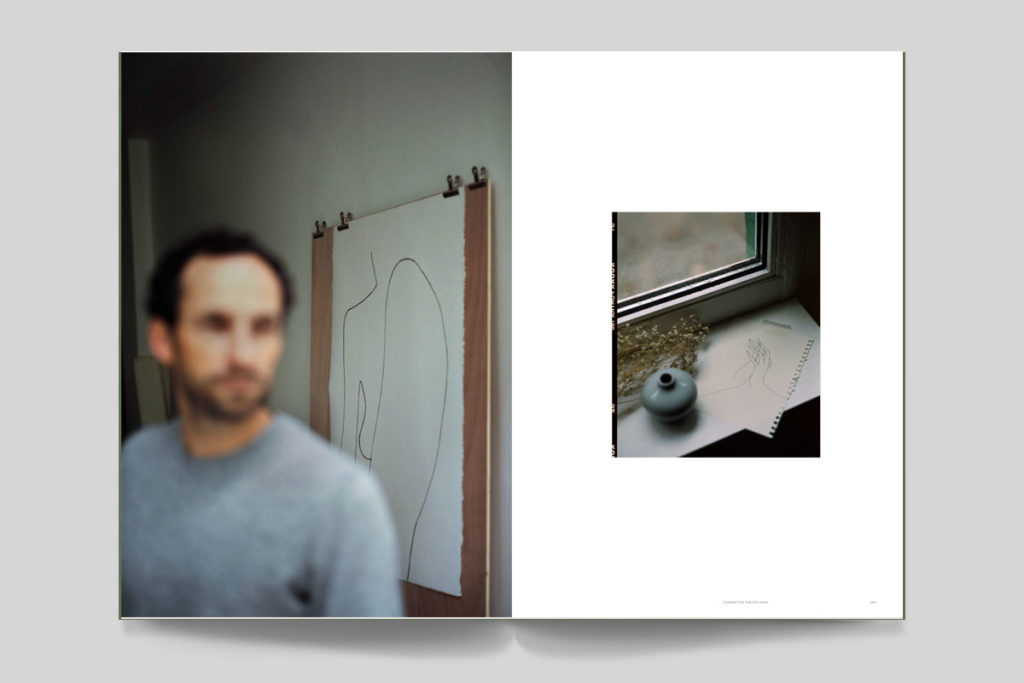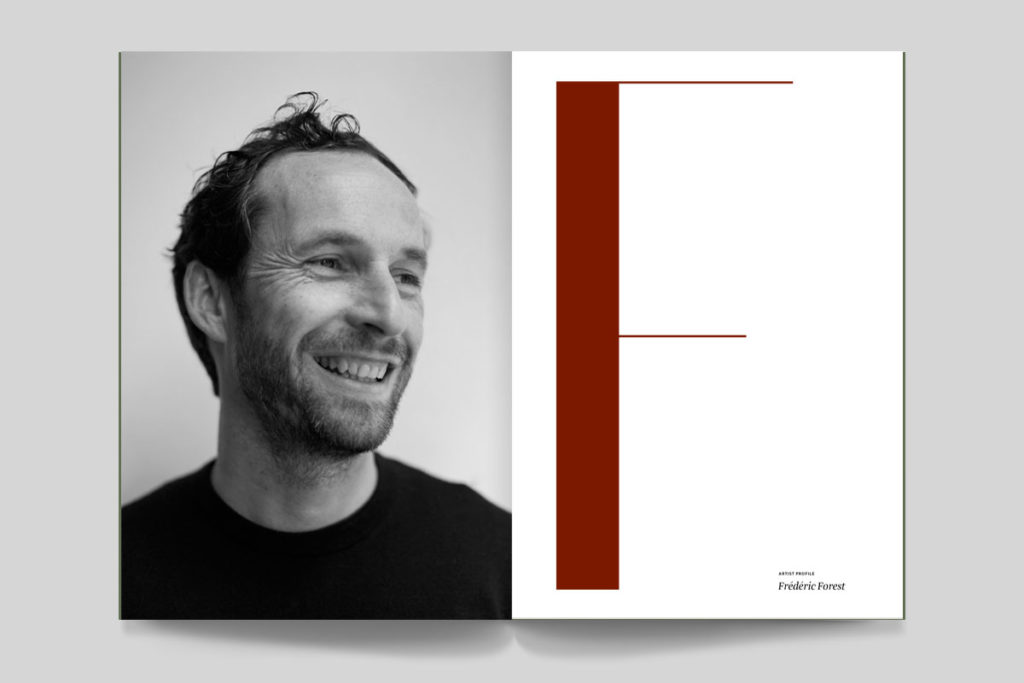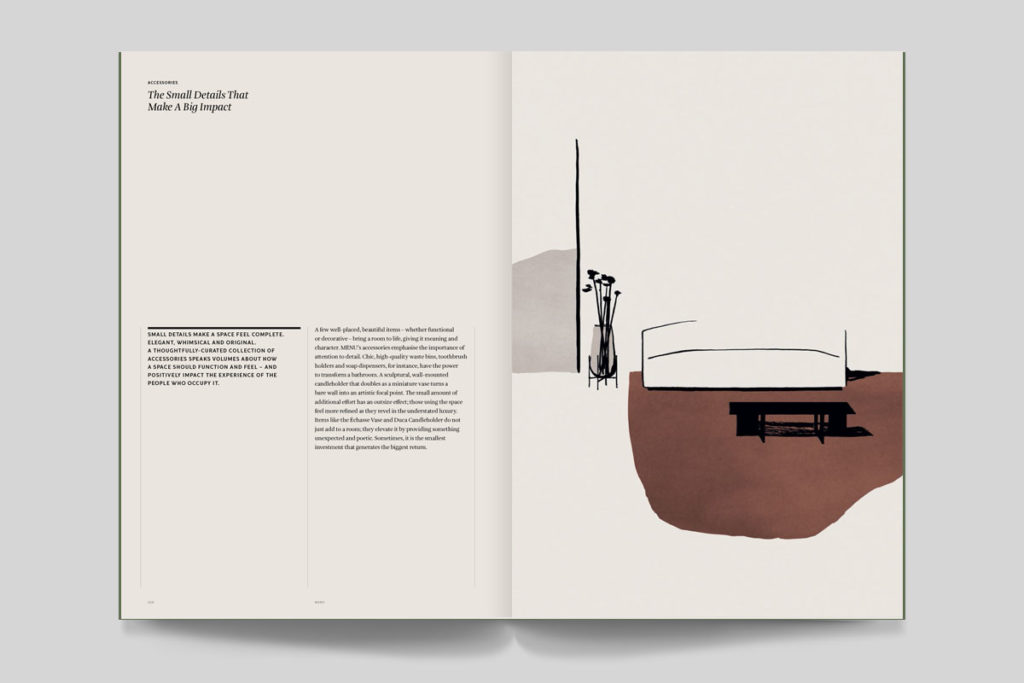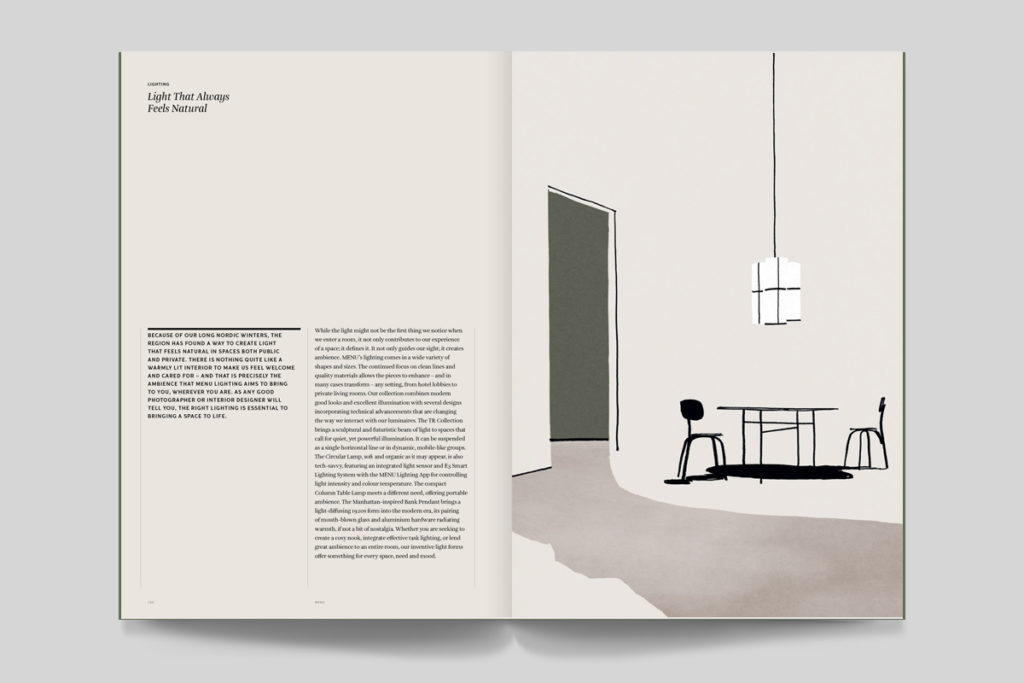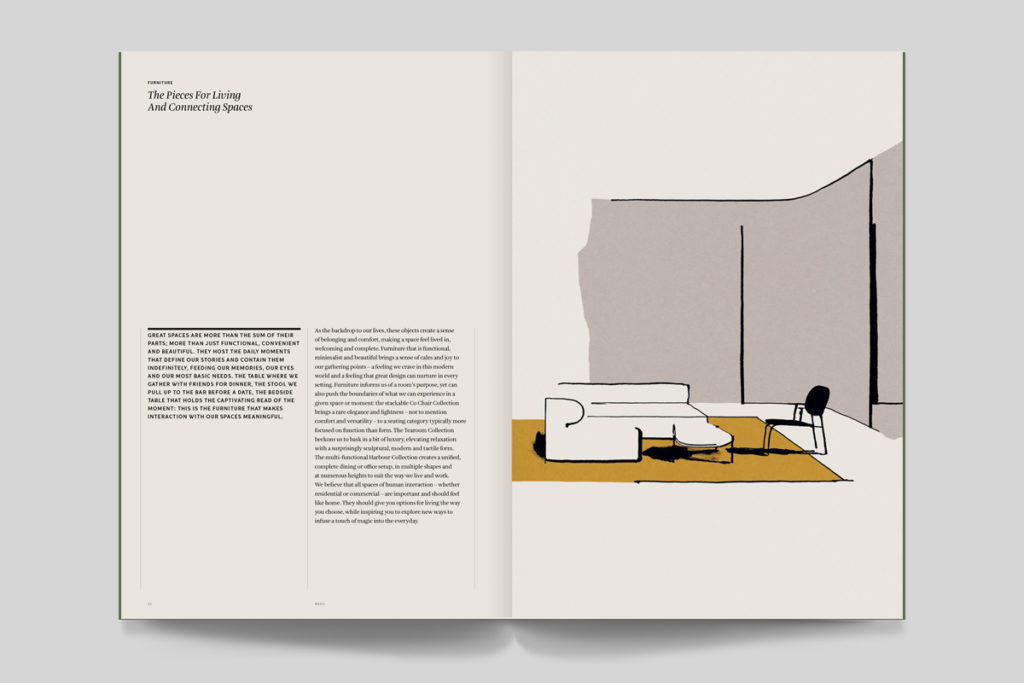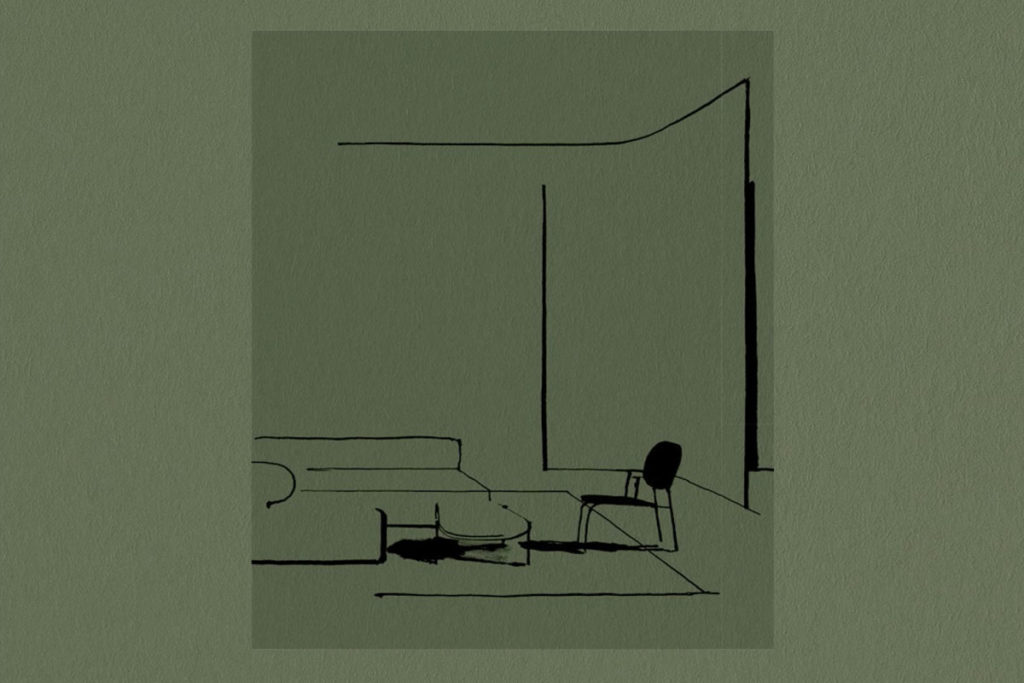Paris-based designer and draughtsman FrédéricForest grew up in Annecy where he spent his childhood skiing and snowboarding in the French Alps. An avid sketcher, he always knew he wanted to create and found his calling in product design. After a spell working on projects for Cartier leather goods, at the Adidas Advanced Design Studio in Italy and for international luxury brands, he opened Forest & Giaconia with his partner Clémentine Giaconia. Their eponymous design studio https://www.forestgiaconia.com focuses on furniture and interior design – and it is from here that Forest’s art has taken on a larger role.
Frédéric Forest always knew he wanted to create. The designer and draughtsman does exactly that from his studio in Paris.
Since sharing his design work and drawings on his Instagram account a few years ago, his drawings,
in particular, have garnered a global following – and have been given new life as tattoos on the bodies of fans around the world. Portraying life in all its simplicity and complexity, his artworks display a personal quality: faceless bodies are open to interpretation and focus on an attitude, a pose, a moment or a gesture rather than a specific individual. Balancing his background in industrial design with his artistic expression, Frédéric Forest has created the drawings in this brand book, building rooms and universes with MENU’s designs and capturing the essence of our brand in his sketched snapshots of connected spaces.
Did you draw a lot as a child? What were the first drawings you remember creating?
Like everyone else, I started drawing before writing. I was addicted to it; putting onto paper what I had going on in my mind. I haven’t stopped there – and I love that. It’s a viral emotion. My first drawings were images
of skiing, BMX bikes and cars. I never sought to be a professional draughtsman. Instagram, clients and art collectors have marked a new chapter in my life and my drawings have evolved from here.
Which aspects of your background and upbringing in the French Alps have shaped your artwork today?
After endless hours, weeks and years of reading and working with images, my eyes and my hands focus on what they reveal to me, what I see, and what I want to see. Strangely enough, I feel very much like a photographer – only with a pen or a brush.
How has your style evolved over time?
Style has its own way; it’s a constant and long journey with a lot of work. And some days you see something that was there since the beginning, but you didn’t see or understand until now. Style evolves slowly, step by step. Good things take time. Four years ago, design was my main business focus and I needed to go back to drawings. So, at the end of day, when everyone was sleeping in the house, my smartphone was turned off, no e-mails – I was just drawing. I didn’t use colours because I can’t see them very well. I did it simply with a black pen, fine or calligraphic, depending on my mood, and without any precise subject or expectation. I would just draw while thinking about something else. My hand is a filter with its own sensibility. I have to control it and let it flow, dance, follow its own way. It’s all about control: the encounter between control and uncontrollable, as Richard Avedon said.
Your medium merges illustration with design. How do you describe it? Do you see yourself as an artist or
a designer?
My favourite role is not having a specific one. My artwork
is about drawing. My main focus is design – even though this is less and less the case. Each field provides a new way of looking at the other one, and this nurtures each aspect for me. Because they are all so very different: drawing stops on the paper, but paper is just the beginning of a design. Drawing is always part of being a designer. It is the first word – the starting point – which then develops into several sentences and eventually becomes the answers we were looking for. Then it turns into something
else: from modelling to the final tangible product.
Drawing is a solitary act. Tell us a little more about your method.
I have no rituals and work to music or in silence, day or night; summer or winter. I can be alone or in the company of others. I’m really focused on lines and shapes. I don’t use any gum and I am always prepared for the unexpected. In some ways, I draw like I ski or skateboard: I try to catch the perfect line. It rarely happens on the first attempt, but by repeating again and again, it suddenly takes form and expresses all that I was looking for. It takes time to find the essence. When I’m drawing, I’m unequivocally alone; like skiing or surfing, it all has to come from me. Regardless of the project or end idea, I need to trust myself to go with it and to let it all flow naturally.
What inspires you?
Inspiration is the result of random moments running through my head and taking in everything I see. These moments can be anything: a smell, a sound, someone I pass in the street, a piece of fabric, its detail… My influences are boundless; in photography, surfing, fashion, skateboarding, gastronomy, snowboarding, music, travel, typography, skiing, dance, poetry, colour and light. They enable me to express new feelings and suggest new stories, whatever the scale of the project.
How long does it take to draw a given artwork?
Drawing doesn’t take a long time. It’s the brainstorming and preparation that takes time. Finding the right pose, the perfect light, the most important aspect of the image that I have in mind and the perfect tool. What then appears on the paper is an entirely different phase of the process.
What do you want people to take away from your work?
Positivity. If my drawings can help someone in one way or another, I am delighted. It’s no longer about art, but about power, strength and an appeasement for something good and important. Creation delivers an uncommon answer.
Many of your drawing are organic in form and focus on the female body. How is your creation of architectural drawings that have straight, precise lines different?
I grew up in a very feminine family, with a mother, sisters, aunts and grandmothers. I draw women the way they are, not how I would like them to be. I do draw men, but women have always been my
main inspiration: their attitude, their gestures, their poses, their shapes; from images in magazines or from seeing them walking in the street. To me, architecture is also based around
a body, with its own shape, curves or lines, light and shadows.

